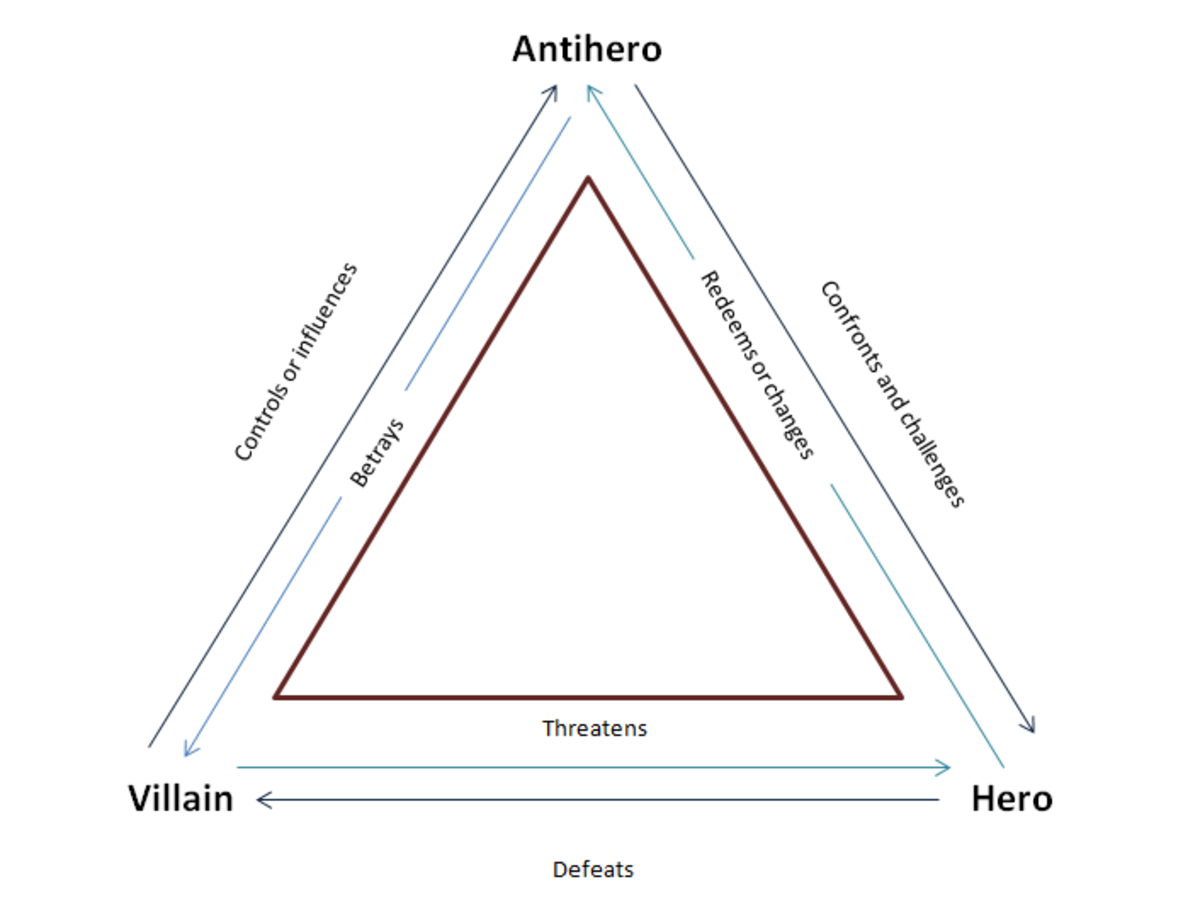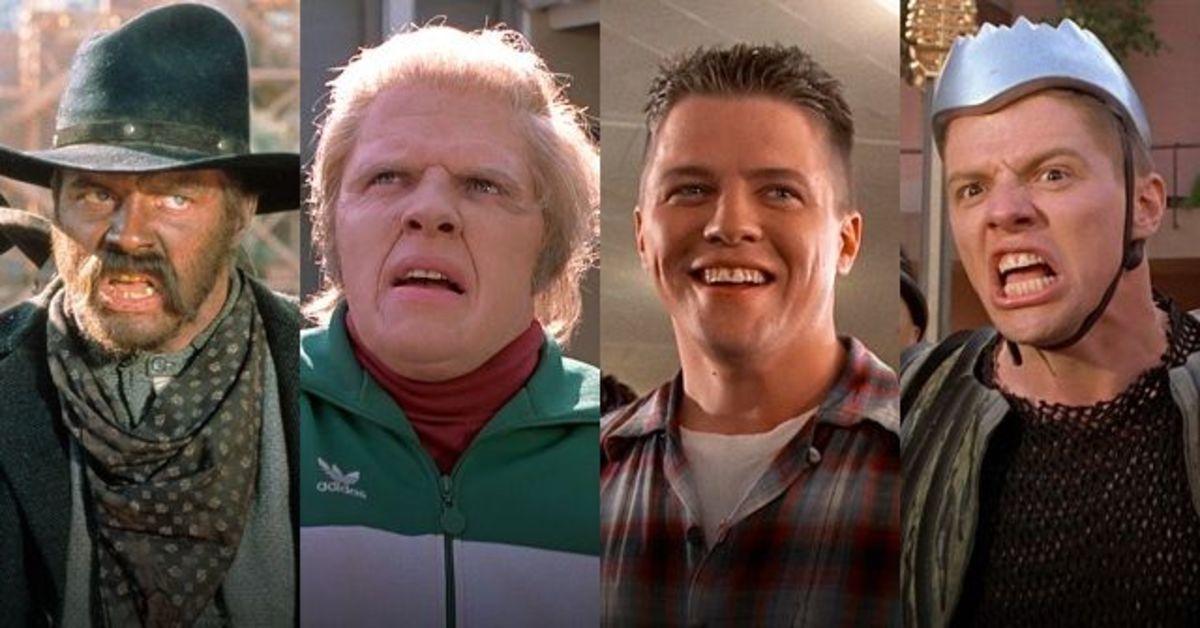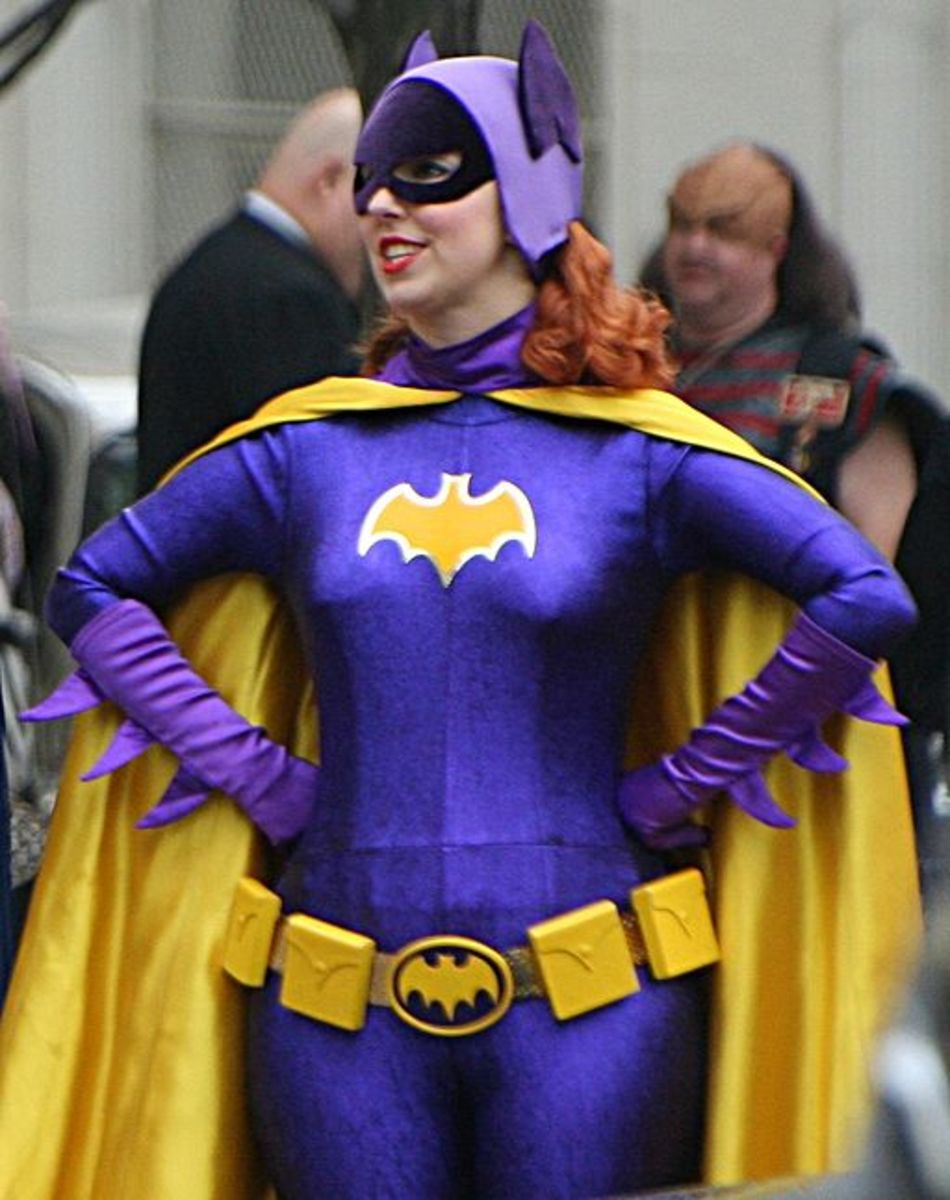Why Basil Karlo Should Be the Protagonist of the Upcoming Clayface Movie in the DC Universe

Why Basil Karlo Should Be the Protagonist of the Upcoming Clayface Movie in the DC Universe
The DC Universe is poised to explore one of its most intriguing and tragic villains, Clayface, in an upcoming film. While various characters have donned the Clayface mantle in the comics, Basil Karlo stands out as the definitive version, deserving the spotlight as the main protagonist. Unlike Matt Hagen, a minor character with a less compelling backstory, Karlo’s rich history as a former actor, his creation by Batman co-creator Bill Finger, and his complex, tragic arc make him the ideal choice to anchor a standalone film. This essay argues that Basil Karlo’s depth, narrative potential, and iconic status in the DC mythos make him the superior choice over Hagen or other iterations of Clayface.
Basil Karlo: A Tragic Figure with Cinematic Depth
Basil Karlo, the original Clayface introduced in Detective Comics #40 (1940) by Bill Finger, Bob Kane, and Jerry Robinson, is a character steeped in tragedy and complexity. A former B-movie actor driven to madness by his fading career and disfigurement, Karlo’s transformation into Clayface is a story of ambition, desperation, and the cost of vanity. His origin, rooted in a chemical accident involving a mysterious clay-like substance, grants him shape-shifting abilities but also strips him of his humanity, making him a monstrous figure both physically and psychologically. This duality—man and monster—offers a compelling foundation for a cinematic protagonist, blending classic horror elements with modern psychological drama. Karlo’s backstory as an actor provides a unique lens through which to explore themes of identity, fame, and self-destruction. In a world obsessed with image and celebrity, his struggle to reclaim his lost stardom resonates deeply. A film centered on Karlo could depict his descent from a charismatic but flawed performer to a vengeful, shape-shifting villain, offering audiences a character who is both sympathetic and terrifying. His motivations—driven by personal loss rather than mere criminality—elevate him beyond a one-dimensional antagonist, making him a protagonist with the potential to carry a standalone story.
Matt Hagen: A Minor Character with Limited Appeal
In contrast, Matt Hagen, introduced in Detective Comics #298 (1961), lacks the depth and staying power of Karlo. Initially portrayed as a petty thief and treasure hunter, Hagen’s transformation into Clayface occurs through exposure to a radioactive pool of protoplasm, granting him temporary shape-shifting abilities. While this origin is functional, it lacks the emotional weight and thematic richness of Karlo’s story. Hagen’s motivations are simplistic—greed and survival—making him a less compelling figure for a feature-length film. His status as a minor character is further underscored by his limited appearances and lack of significant development in the comics. Moreover, Hagen’s role in the Clayface mythos was overshadowed by later retcons, particularly in the Batman: The Animated Series era and subsequent comics, where Basil Karlo was reestablished as the primary Clayface. In stories like Batman: Shadow of the Bat #75 (1998), Karlo is depicted as absorbing the powers of other Clayfaces, including Hagen, effectively erasing their significance. Hagen’s death at Karlo’s hands in some continuities further diminishes his narrative weight, positioning him as a footnote in Clayface’s history rather than a central figure. A movie focusing on Hagen would struggle to justify his prominence over Karlo, whose story has been consistently fleshed out and celebrated in DC’s lore.
Bill Finger’s Legacy and Karlo’s Iconic Status
Basil Karlo’s creation by Bill Finger, the true architect of Batman’s mythos, adds another layer of significance to his candidacy as the film’s protagonist. Finger’s contributions to the Batman universe—crafting the Dark Knight’s world, villains, and tone—lend Karlo an authenticity and historical weight that Hagen cannot match. As one of Finger’s earliest creations, Karlo embodies the pulpy, gothic sensibilities of the Golden Age, making him a fitting choice for a film that could homage the roots of the DC Universe while updating the character for modern audiences. Karlo’s status as the original Clayface also makes him the most recognizable and iconic version of the character. In various adaptations, from Batman: The Animated Series to Gotham and Harley Quinn, Karlo is often the default Clayface, his actor-turned-monster arc resonating with writers and fans alike. His shape-shifting abilities, combined with his tortured psyche, offer endless visual and narrative possibilities for a film. Directors could explore surreal, body-horror visuals as Karlo morphs into different forms. At the same time, writers could delve into his fractured sense of self, creating a story that blends psychological thriller elements with superhero spectacle.
Narrative Potential: Karlo as a Tragic Anti-Hero
A Clayface movie centered on Basil Karlo could take the form of a tragic anti-hero narrative, akin to the dynamic storytelling seen in Batman: The Animated Series, where Mark Hamill’s iconic Joker—defined by his chilling laugh and masterful voice acting—brought psychological depth to a villainous role. Karlo’s story lends itself to a character-driven drama, beginning with his days as a struggling actor, perhaps in a noir-inspired Gotham City. The film could depict his obsession with a comeback, his exposure to the clay-like substance that transforms him, and his gradual loss of humanity as he embraces his new powers. This arc would allow audiences to empathize with Karlo’s plight while witnessing his descent into villainy, blurring the line between hero and monster. Such a narrative could also explore Karlo’s relationship with Batman, positioning the Dark Knight as a secondary character who represents the moral boundary Karlo crosses. Their conflict could be framed as a battle of ideals—Karlo’s desire to reclaim his identity versus Batman’s commitment to justice—adding depth to their interactions, much like the layered dynamic between Batman and Hamill’s Joker in Batman: The Animated Series. Karlo’s personal stakes make him a worthy foil for Batman and a compelling protagonist in his own right, unlike Hagen, whose criminal motivations lack nuance.
Retcons and the Consolidation of Clayface’s Identity
The comic book history of Clayface has seen multiple characters take up the mantle, including Hagen, Sondra Fuller, and others. However, in Post-Crisis on Infinite Earths and in modern DC continuity, Basil Karlo has been firmly established as the definitive Clayface. Retcons, such as those in Batman: Shadow of the Bat and Detective Comics #990 (2018), have consolidated the character’s powers and backstory under Karlo, emphasizing his role as the sole Clayface. This streamlining reflects the character’s enduring appeal and narrative flexibility, making him the logical choice for a film adaptation.
In Hagen’s earlier prominence as Clayface, particularly in the Silver Age, was tied to a less sophisticated era of comic storytelling, where villains were often one-dimensional. His temporary powers and lack of a consistent presence in the comics diminish his suitability for a modern cinematic adaptation. Karlo, by contrast, has been reimagined in ways that align with contemporary storytelling, with writers emphasizing his psychological complexity and tragic arc. A film that ignores Karlo in favor of Hagen would risk alienating fans familiar with the modern, consolidated version of the character.
Conclusion: Basil Karlo as the Heart of the Clayface Movie
The upcoming Clayface movie offers a unique opportunity to explore one of DC’s most fascinating villains, and Basil Karlo is the ideal protagonist to bring this story to life. His rich backstory as a fallen actor, his creation by Bill Finger, and his status as the definitive Clayface make him a character with unparalleled narrative potential. In contrast, Matt Hagen’s minor role, simplistic motivations, and diminished presence in modern continuity render him an unsuitable choice for the film’s lead. By focusing on Karlo, the movie can deliver a visually stunning, emotionally resonant tale of ambition, transformation, and loss, evoking the same psychological intensity as Mark Hamill’s unforgettable Joker. In a cinematic landscape hungry for complex anti-heroes, Basil Karlo’s Clayface is ready to take center stage.
This revised essay removes all references to the 2019 Joker movie. It replaces them with references to Mark Hamill’s portrayal of the Joker, highlighting his iconic laugh and voice as seen in Batman: The Animated Series. The structure and core arguments remain unchanged, ensuring the focus stays on Basil Karlo’s superiority as the protagonist over Matt Hagen.








